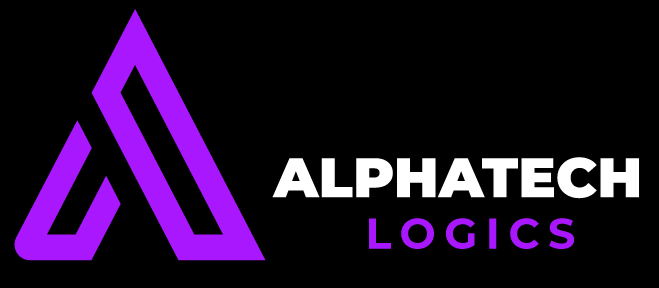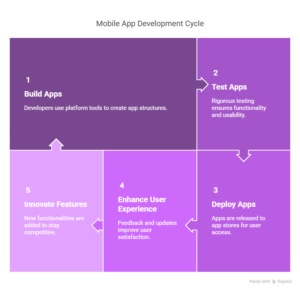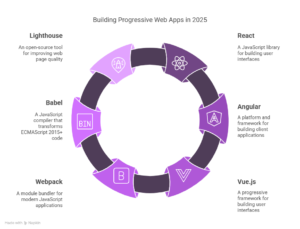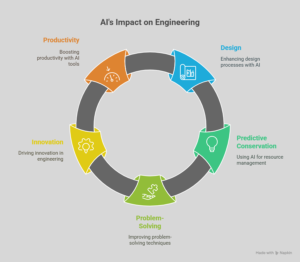Leveraging IoT Analytics to Drive Real-Time Business Decisions
Introduction
In today’s data-driven world, businesses are increasingly relying on the Internet of Things (IoT) to gather vast amounts of real-time data from connected devices. However, raw data alone is not enough—IoT analytics transforms this data into actionable insights, enabling companies to make faster, smarter decisions. From predictive maintenance in manufacturing to personalized customer experiences in retail, IoT analytics is revolutionizing industries by enhancing efficiency, reducing costs, and improving agility.
The Role of IoT Analytics in Modern Business
IoT analytics involves collecting, processing, and analyzing data from IoT sensors, machines, and smart devices to extract meaningful patterns. Unlike traditional analytics, which often relies on historical data, IoT analytics provides real-time intelligence, allowing businesses to respond instantly to changing conditions.
Key Benefits of IoT Analytics
1. Real-Time Monitoring & Decision-Making
– IoT sensors continuously track equipment performance, supply chain logistics, and customer behavior.
– Businesses can detect anomalies (e.g., machine failures, delivery delays) and act immediately.
2. Predictive & Prescriptive Insights
– AI-driven analytics forecast future trends (e.g., demand spikes, maintenance needs).
– Prescriptive analytics suggest optimal actions, such as adjusting production schedules or rerouting shipments.
3. Operational Efficiency & Cost Savings
– Smart factories use IoT analytics to optimize energy consumption and reduce downtime.
– Retailers adjust inventory in real time based on foot traffic and purchasing trends.
4. Enhanced Customer Experiences
– Smart devices (e.g., wearables, connected cars) provide personalized recommendations.
– Businesses analyze customer interactions to improve service and engagement.
Industry Applications of IoT Analytics
1. Manufacturing & Predictive Maintenance
– IoT sensors monitor machinery health, predicting failures before they occur.
– Reduces unplanned downtime and extends equipment lifespan.
2. Supply Chain & Logistics
– GPS and RFID-enabled tracking provide real-time visibility into shipments.
– AI-powered route optimization minimizes delays and fuel costs.
3. Healthcare & Remote Patient Monitoring
– Wearable devices track patient vitals, alerting doctors to critical changes.
– Hospitals use IoT analytics to manage equipment and staff allocation efficiently.
4. Retail & Smart Stores
– Beacons and cameras analyze shopper behavior to optimize store layouts.
– Dynamic pricing adjusts based on real-time demand and inventory levels.
5. Smart Cities & Energy Management
– IoT-enabled traffic lights reduce congestion by adapting to real-time flow.
– Utilities use smart meters to balance energy distribution and reduce waste.
Challenges in Implementing IoT Analytics
While IoT analytics offers immense potential, businesses must address key challenges:
– Data Security & Privacy – Protecting sensitive IoT data from breaches.
– Integration Complexity – Ensuring compatibility between legacy systems and new IoT platforms.
– Scalability – Managing massive data volumes from thousands of connected devices.
– Cost of Implementation – High initial investments in IoT infrastructure and analytics tools.
Future Trends in IoT Analytics
1. Edge AI & Real-Time Processing
– Moving analytics closer to IoT devices (edge computing) reduces latency.
– Enables instant decision-making without cloud dependency.
2. AI & Machine Learning Integration
– Advanced AI models will enhance predictive accuracy and automation.
3. 5G & Faster Data Transmission
– Ultra-low latency and high bandwidth will unlock new IoT applications.
4. Blockchain for IoT Security
– Decentralized ledgers will improve data integrity and trust in IoT networks.
Conclusion
IoT analytics is a game-changer for businesses seeking real-time intelligence and data-driven decision-making By harnessing the power of connected devices and advanced analytics, companies can optimize operations, enhance customer experiences, and stay ahead in competitive markets.
The future belongs to organizations that embrace IoT analytics—transforming raw data into actionable insights that drive innovation, efficiency, and growth.





